Powered by
 Presentations
Presentations
More and more organizations are seeking to reinvent themselves as data-driven organizations—with data accessible across multiple business units. However, many soon find this digital transformation journey cut short by siloed data, inconsistent tools, and inadequate skill levels. Thanks to Moore’s Law, the volume and variety of data sources continues to grow exponentially. Keeping on top of this data explosion – and harnessing it effectively – has become the business challenge of our age.
All top performing enterprises are data driven. However, very few are fully exploiting the data at their disposal. Research by Seagate finds that up to 74% of data is not analyzed in most organizations and up to 82% of enterprises are inhibited by data silos.
In other words, data landscapes have outgrown their data management architectures. But there’s a simple solution: a new data architecture concept known as ‘data fabric’.
Hurwitz & Associates describe data fabric as simply allowing you to “connect to your data no matter where it resides”, creating the next generation of data management by delivering a predictable and resilient platform: “A data fabric is designed to understand the different types of data and can therefore effectively manage how that data needs to be handled.”
IBM’er and enterprise architect Sandipan Sarkar similarly describes a data fabric as a network of data platforms, all interacting with one another to provide greater value. A single accessible layer, or fabric, is then spread across the enterprise’s hybrid and multicloud computing ecosystem.
Elevate the power of your data
A data fabric, therefore, pulls together data from various sources and delivers it into the hands of those who need it. With a data fabric you can elevate the value of data by providing users access to the right data, at the right time, regardless of where it is stored. Self-service and AI capabilities then enable employees across the organization to find the appropriate data quickly and easily, giving them more time to actually use the data to provide business value. Gartner predicts that by 2024, organizations that utilize a dynamic data fabric will reduce time to integrated data delivery by 50% and improve the productivity of data teams by 20%.
At ING Tech Services Group in the Netherlands, Ferd Scheepers, Global Chief Information Architect, recently switched to a data fabric approach. He realized that the governed data approach meant that “over time it doesn’t get easier or faster to manage more data… it becomes harder for us to govern that data and understand where data is going.” Getting data to the right place previously required timely manual activities. Now, following a data fabric approach, “ING employees can just use the data to make decisions, no matter where they are”.
Data therefore only delivers business value when it is contextualized. It needs to be made accessible to appropriate users for application across the organization. When implemented correctly, a data fabric helps ensure the data are available throughout the organization in the most efficient way possible. And increasingly, the most efficient way possible is automation. AI and machine learning technologies allow data fabric users to increase accessibility, usability, and instant regulatory compliance.
How to unlock the value of your data
But how can companies begin to implement a data fabric approach? How can existing or new infrastructures help? And what are the learnings from organizations that are further along the data fabric journey?
To address these questions, CorporateLeaders and IBM are hosting an intimate and interactive peer-to-peer virtual round table discussion for up to 15 Data, Operations, Digital, Automation and Transformation Leaders.
During this interactive virtual meeting taking place on 2nd December at 15:30, our keynote speakers Herman Nielens, Data & AI Architect at IBM and Steven Bex, Director Managed Analytics at Deloitte, will discuss:
We will also hear how IBM’s data fabric offering Cloud Pak helps unify data and AI services across public and private cloud infrastructures, allowing business users to unlock the value of their data.
With a flexible and integrated data fabric in place, your company will be able to implement a range of important data projects across different units. Advanced data engineering means that virtually any data access or delivery process is automated, not requiring timely manual coding processes.
Data no longer remains hidden in silos or business units; accessible to all, with the help of automation, an intelligent data fabric allows for a unified data layer, wherever it resides. No wonder it has been described as “the only viable mechanism” to support the needs of businesses to effectively manage today’s variety and complexity of data.
For more information and to register visit the website.
